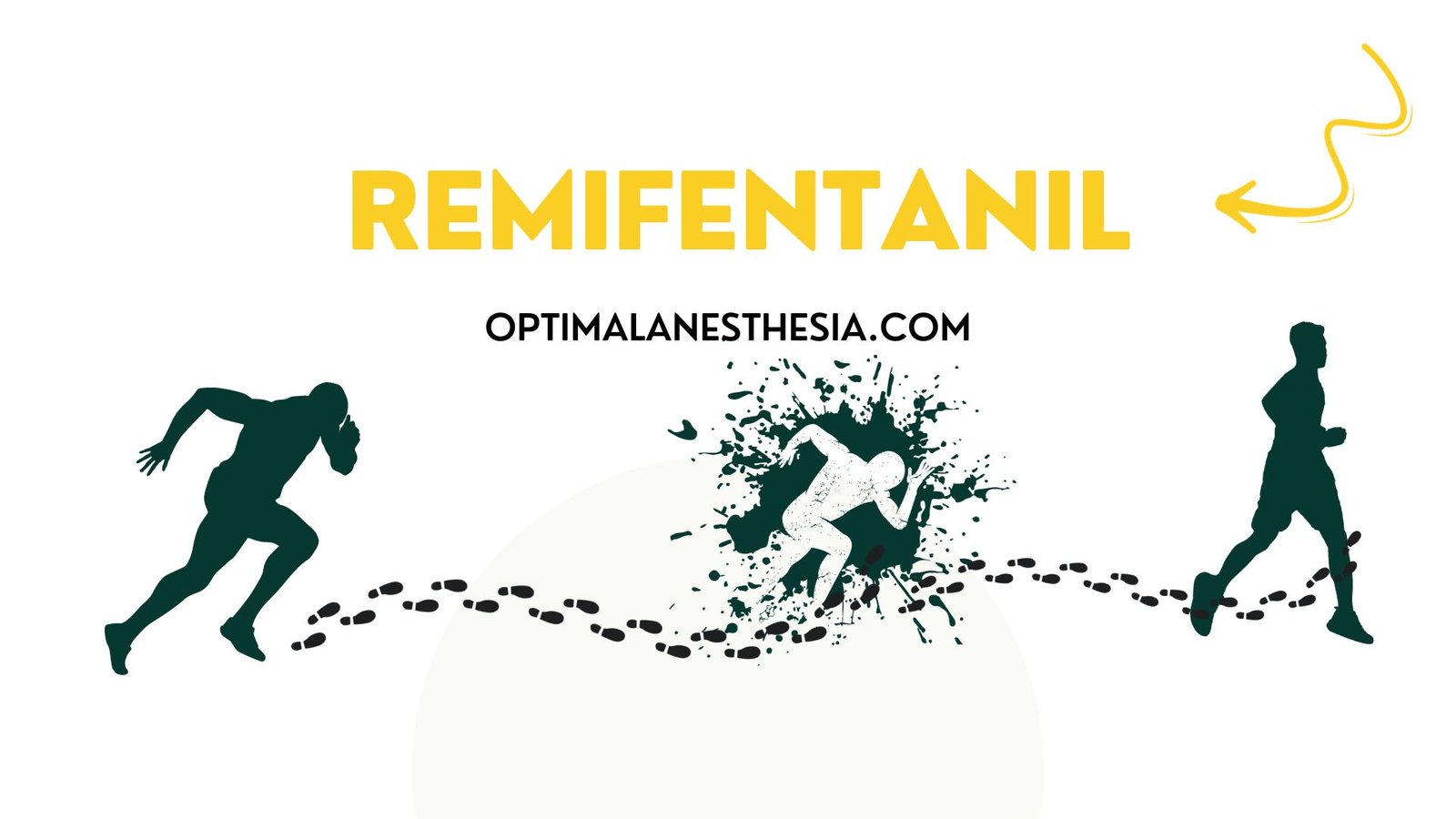Anesthetic Drug Interactions
Introduction Anesthetic drug interactions are common in clinical practice, where anesthesiologists routinely administer multiple drugs to achieve desired effects while minimizing adverse outcomes. These interactions can be additive, synergistic, or antagonistic, impacting the overall effect of anesthesia. Understanding these interactions is crucial for optimizing drug administration during surgery. Basic Principles of Anesthetic Drug-Drug Interactions Types … Read more










